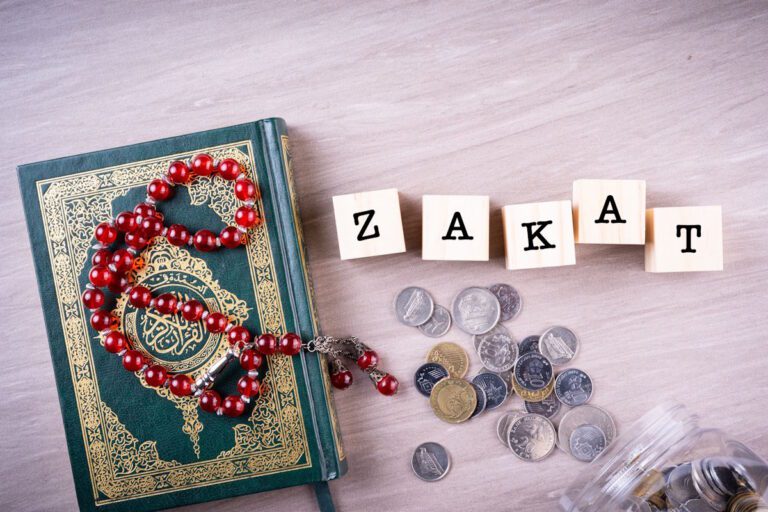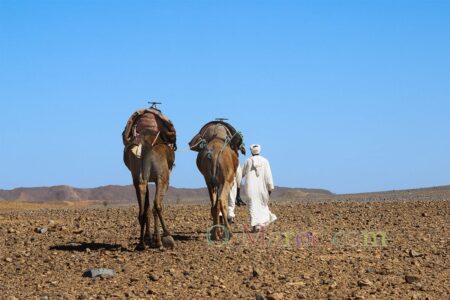That’s one of the things that struck me about Morocco, a sense of sharing and charity that we’ve lost. People often talk about the hospitality and generosity of Moroccans, and it’s true, it’s a cultural trait that comes from Islam and that our ‘Christian’ civilisations have forgotten a little (a lot).
The first time I noticed it, it was in my very first years in Morocco, we were in the big market in Rissani, on a Friday. And I would see women whose large black veils did little to hide their thinness, going from one shop to another, entering and leaving quickly to make a whole round. With each woman, without even exchanging a word, the shopkeeper would plunge his hand into a box containing dozens of one-dirham coins, and give them to her. The woman would murmur a few words of gratitude.
This finely tuned ballet was my first contact with sadaqah ( صدقة ), charity, which is particularly in demand on Fridays.
There are two “charities” in Islam: sadaqah and zakat ( زَكَاة ). The first is a voluntary donation, which is made “as we go along”, with no compulsory amount, the second is regulated by the Koran, both in terms of its amount and when it must be given, and is the third of the five pillars of Islam.
Zakat
Zakat is translated as “legal alms”, which shows that it is obligatory. Islam has two types: Zakat Al Maal, on the accumulation of wealth, and Zakat Al Fitr, a few days before Eid, to enable the poor to eat at the end of Ramadan.
Zakat al Fitr
The amount is fairly small. It corresponds to one “measure” (Sâ, about 2.5 kilos for Moroccan Ulemas) of the country’s traditional food.
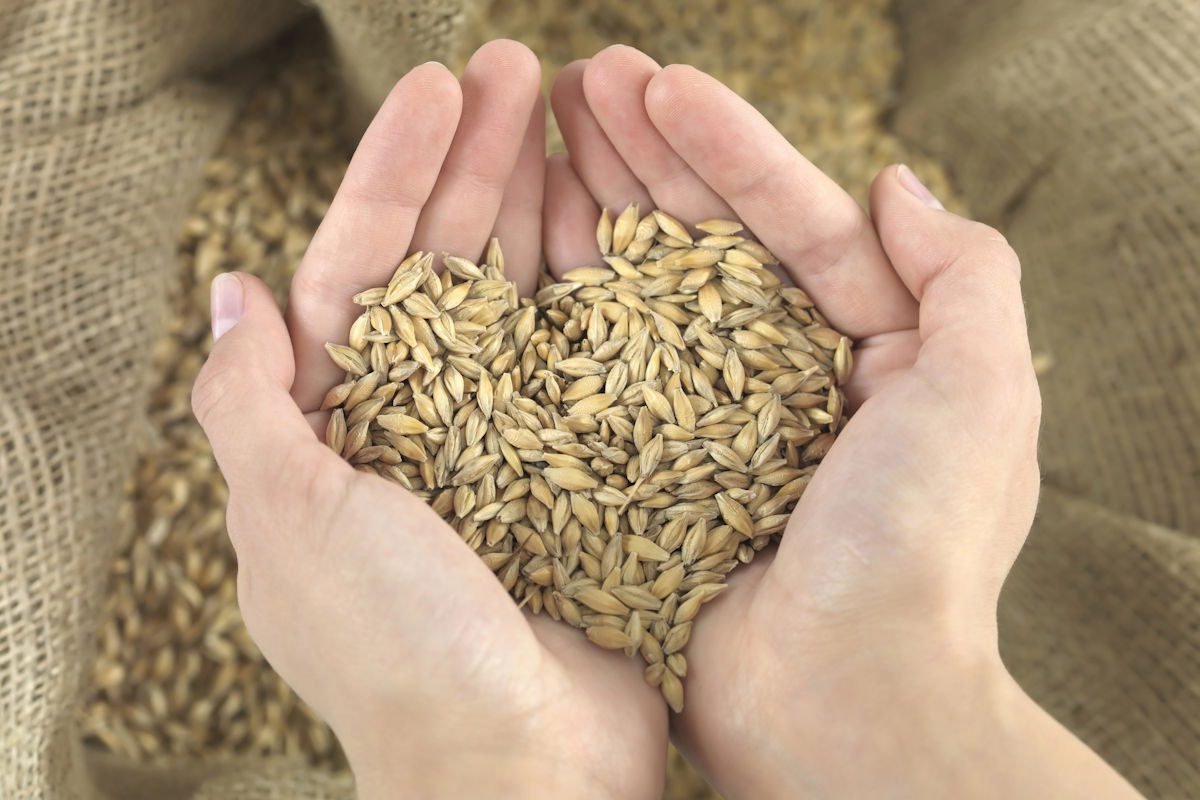
In Morocco, its value is set each year by the Council of Ulemas. (Normally, for Malekites, zakat should be paid in kind and not in cash). In 2025, it is 23 dirhams per “dependent” person. So a father with a wife, mother, three children at home and two children whose education he is paying for must pay a total of 8 * 23 dirhams: 184 dirhams. It must be paid before the Eid El Fitr prayer and from the 27th day of Ramadan.
Zakat and Zakat al Maal
Zakat al maal is a kind of tax on wealth, or rather on the growth of wealth. I say “a kind” because it is a religious obligation, with no official controller or collector. It is up to each Muslim to calculate the amount he or she must pay, and to pay it.
Zakat al Maal basis
While the initial idea is simple “any increase in savings [in the broad sense] above the nisab”, the calculation is more complicated.
The assets whose increase may give rise to zakat are :
Assets, property, wealth, whether in cash, precious metals, deposits, bank securities, cheque accounts, shares, etc., for which the term zakat al maal (zakat of money) is specifically used.
Excluded are land and buildings not intended for sale, personal property (real estate, clothing, cars, etc.), mortgaged property and jewellery (except gold and silver jewellery).
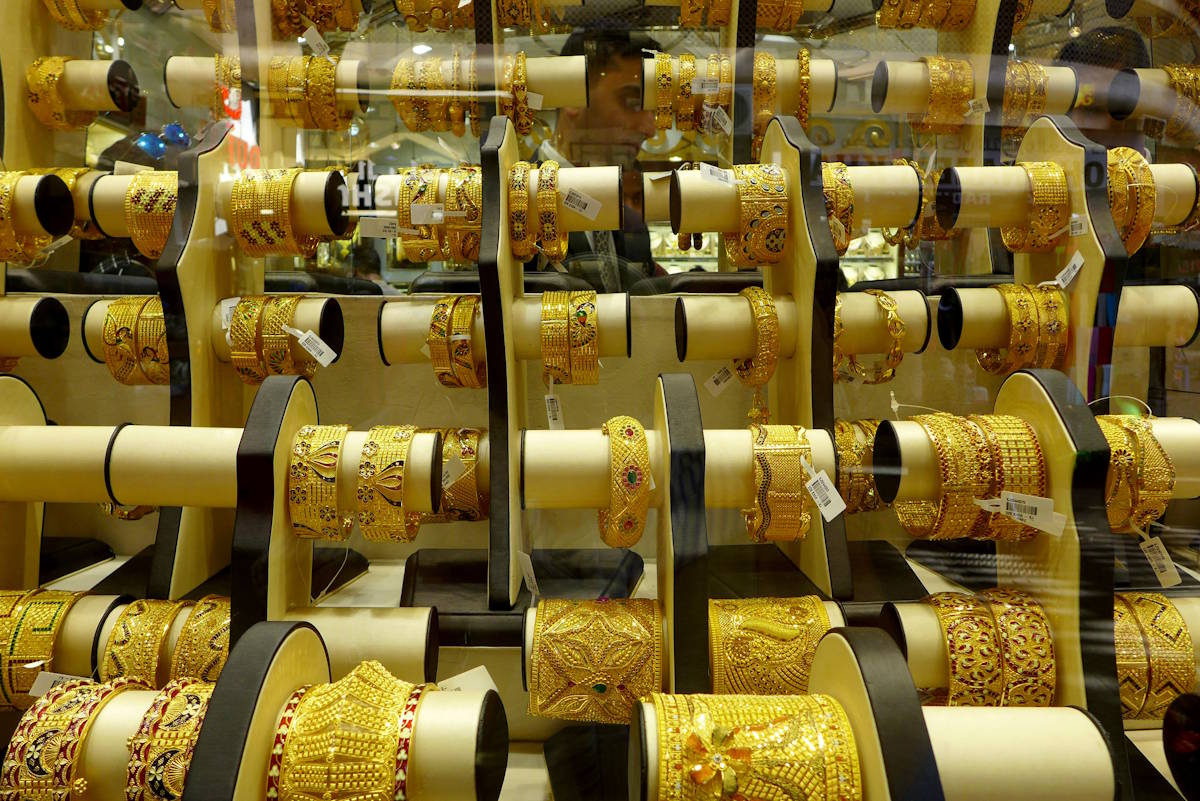
So spending your savings on luxury goods means that part of your wealth is exempt from zakat. And giving his wife jewellery reduces her wealth and increases his… thus shifting part of the zakat payment.
There is also a zakat on agricultural produce and livestock. (In agricultural societies, you can be poor in money and rich in livestock or plants).
So the threshold for livestock is:
- Cattle: 30 animals
- Sheep and goats: 40 animals
- Camels: 5 animals
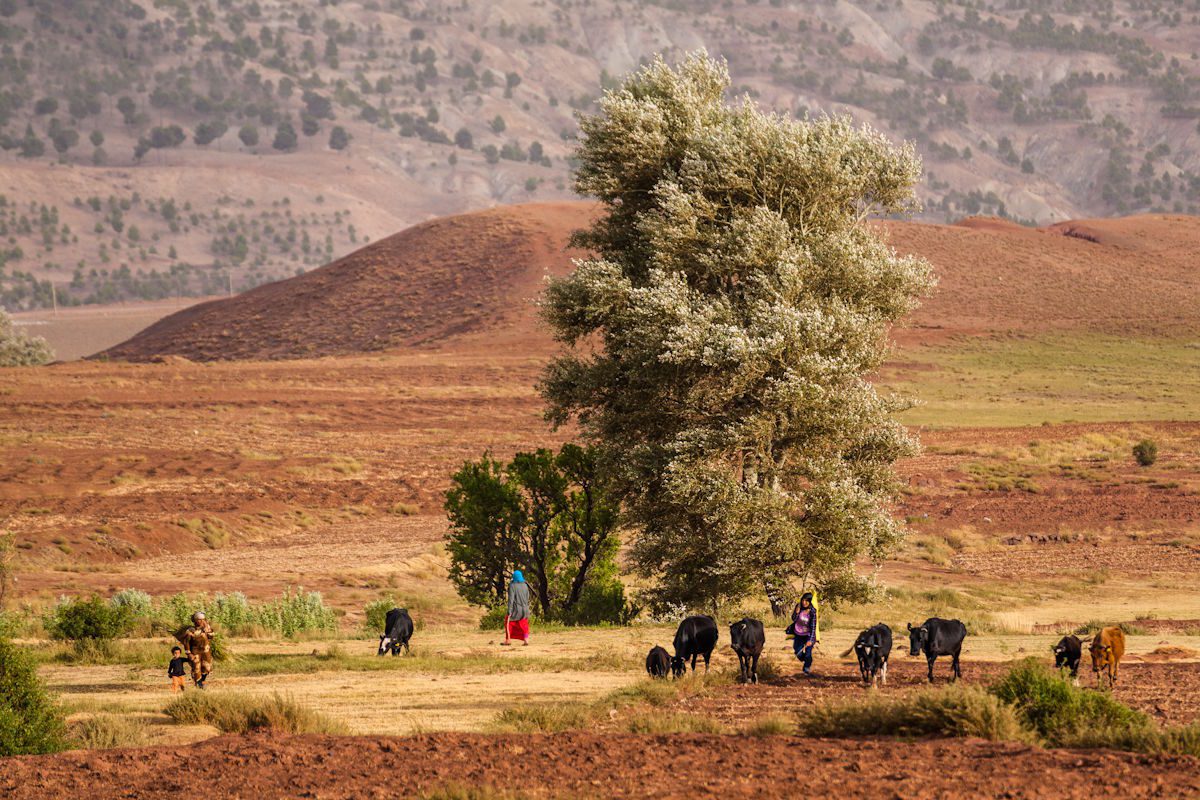
Agricultural products include dates, grapes, wheat and barley, as well as staple products that can be stored, such as maize, rice, lentils, dried peas and dried beans. The nisab for these agricultural products is 603 kilos.
Nisab or nissab (نِصاب )
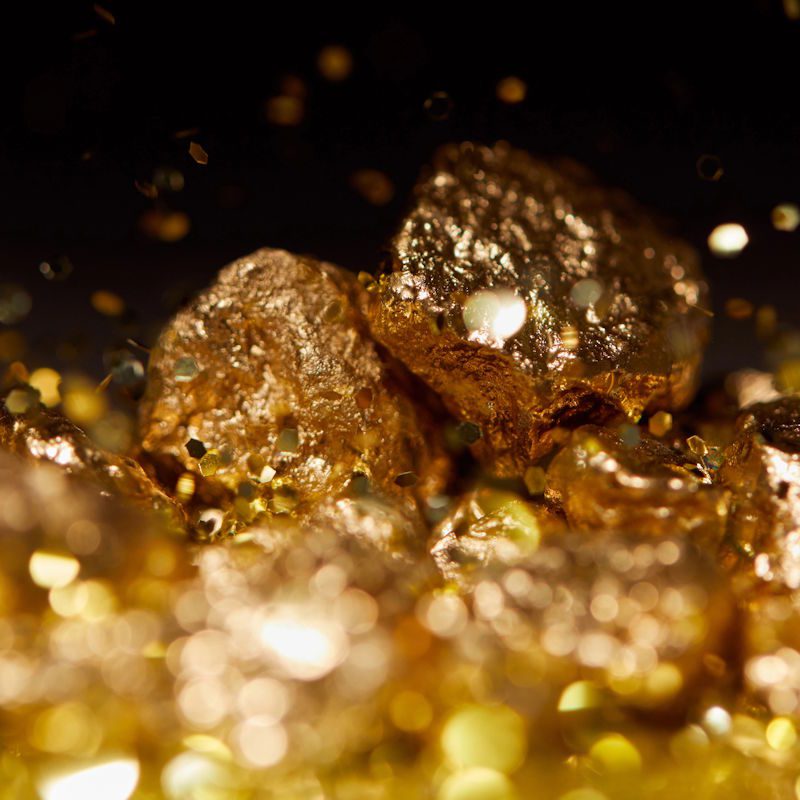
The nisab has evolved over the course of history. Originally, the nisab represented 20 dinars (gold coins weighing 4.25 grams) or 200 dirhams (not our Moroccan dirhams, but silver coins weighing 2.975 grams). The gold/silver exchange rate has evolved, but true to Koranic principles, Sharia law accepts the payment of zakat in relation to the gold nisab or the silver nisab, at the choice of the faithful.
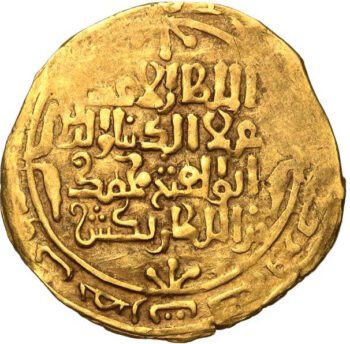
However, to simplify matters, scholars recommend using the weight of pure gold corresponding to a 20-dinar coin as a reference.
Even if there is an international gold price, the value of the nissab is still determined by country.
In Morocco, this is supposed to be done by the Council of Oulémas. In fact, thezakat calculator at Banque Assafa, an Islamic bank, simply refers to the regional council of Ulemas. But apart from a communication on the amount of Zakat Al Fitr, I haven’t found anything recent on this subject!
As I write this article, on 19 July 2025, one gram of pure gold is worth €92.62 and the Bank Al Maghrib exchange rate is 10.5047 dirhams to €1. The nissab would therefore be 82,700 dirhams. Compared with the values given a few years ago, the nissab has almost doubled, due to the international crisis.
The paradox of a crisis that is creating more refugees and unfortunate people, and fewer people subject to the zakat!
How do I pay my zakat?
As soon as savings over a full year exceed 85 grams of gold or 595 grams of silver.
The amount of zakat is then 2.5% of these savings.
Who should I give zakat to?
The people who receive the zakat are the poor, zakat administrators, new converts, slaves who are freed (no longer very topical), those in debt, to enable them to pay off their debt and not die owing money, which would close the doors of Paradise to them, those who do work for the public good and travellers.
In this list, you are perfectly free to pay zakat to whomever you wish: needy relatives, habous, associations, investment in “social” projects (building a school, a mosque, a hospital, etc.).
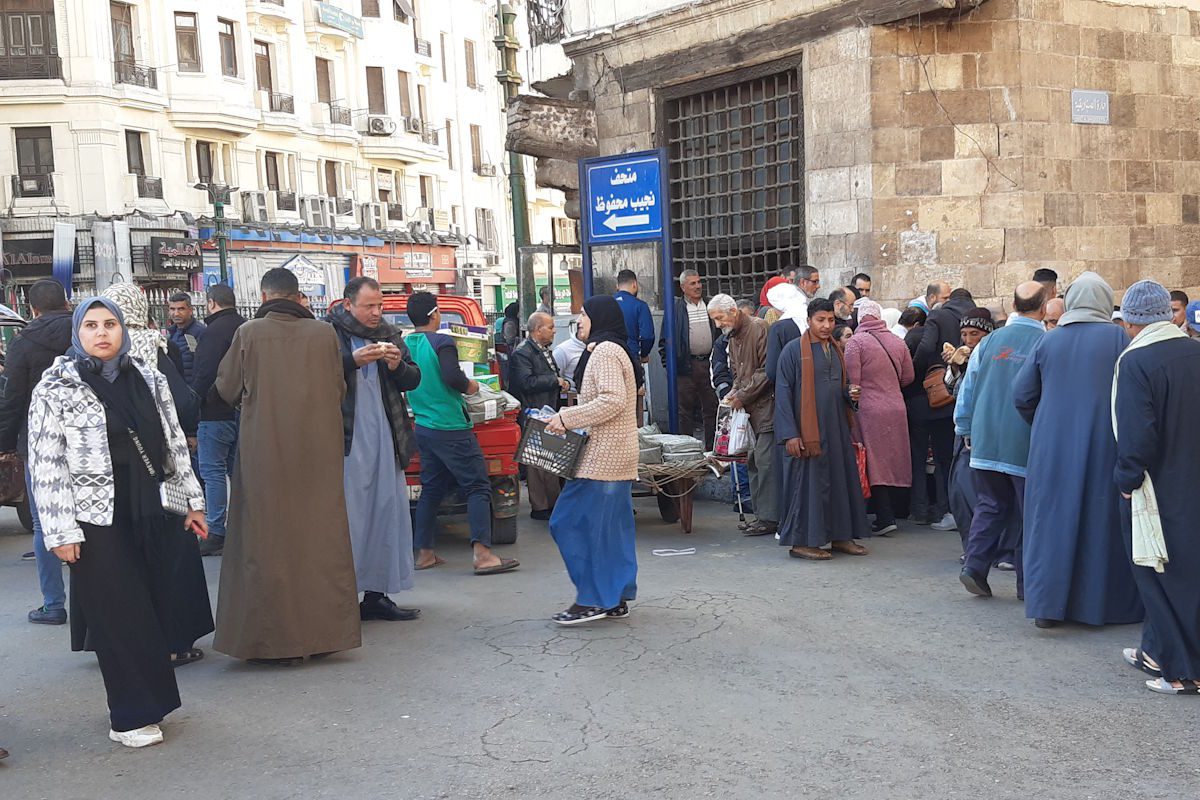
In Morocco, it is common to go into a hanout and ask the shopkeeper if there are people with a ‘book’ to pay, so that you can do it for them. In non-Muslim countries, the faithful often pay their zakat to Muslim NGOs such as Human Appeal or others.
Sadaqah
The word sadaqah therefore refers to a voluntary gift. Like the Hebrew word “tsadaka”, it implies the idea of justice or righteousness, honesty, sincerity (and this is the meaning found in the first name Sedik, which has the same root, all these words coming from sidq ( صدق ), sincerity).
How do we move from justice to charity? Because giving to the poor means participating in the justice of the world by giving them part of what Allah has given to the believer and restoring social equity. Because this gift is made sincerely, with no objective other than pleasing Allah, without expecting any other benefit in return.
When the gift made to the community (a well, a school, etc) will continue to bear fruit after the donor’s death, it is known as sadaqa jariya ( صدقة جارية ) or continued almsgiving.
It is also a term used for the gift made by the husband, in the marriage contract. Although the real term is mahr, sadaq is used to indicate the fiancé’s sincere desire to unite with his future wife.
The way in which sadaqah is performed is much broader than for zakat. A smile, a visit to a neighbour or a sick person can be a sadaqah. The father of a friend of mine used to buy caged birds to set them free (even though they probably couldn’t survive for very long…) The many guardians who feed the cats, give them something to drink, are also making sadaqah.
In practice, at least in Morocco, the two terms are used almost interchangeably in everyday life.
The importance of zakat and sadaqah can be seen in the many verses of the Koran that refer to them, either to explain how they are calculated or simply to encourage Muslims to be generous!
 A typo or syntax error? You can select the text and hit Ctrl+Enter to send us a message. Thank you! If this post interested you, maybe you can also leave a comment. We'd love to exchange with you !
A typo or syntax error? You can select the text and hit Ctrl+Enter to send us a message. Thank you! If this post interested you, maybe you can also leave a comment. We'd love to exchange with you !

